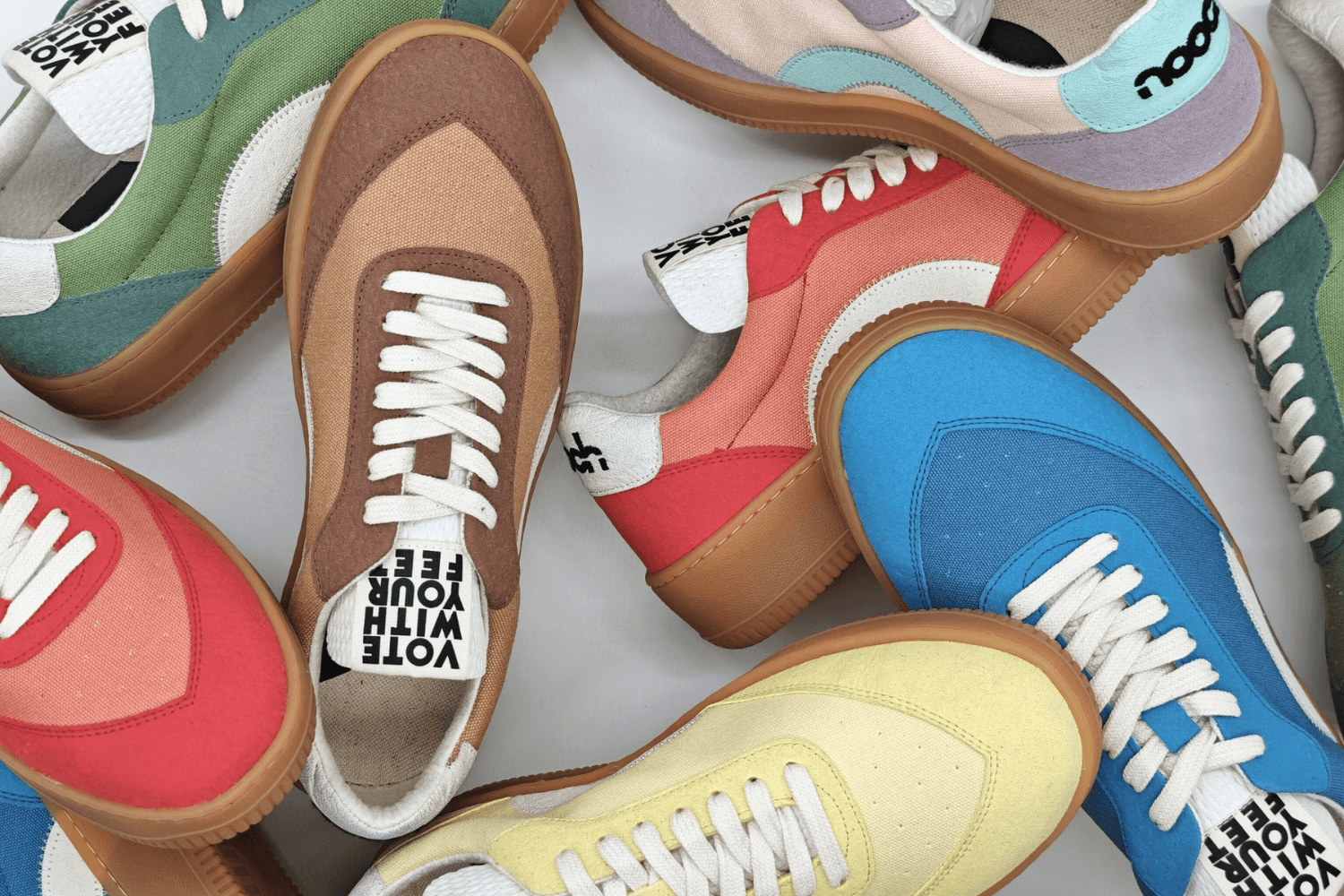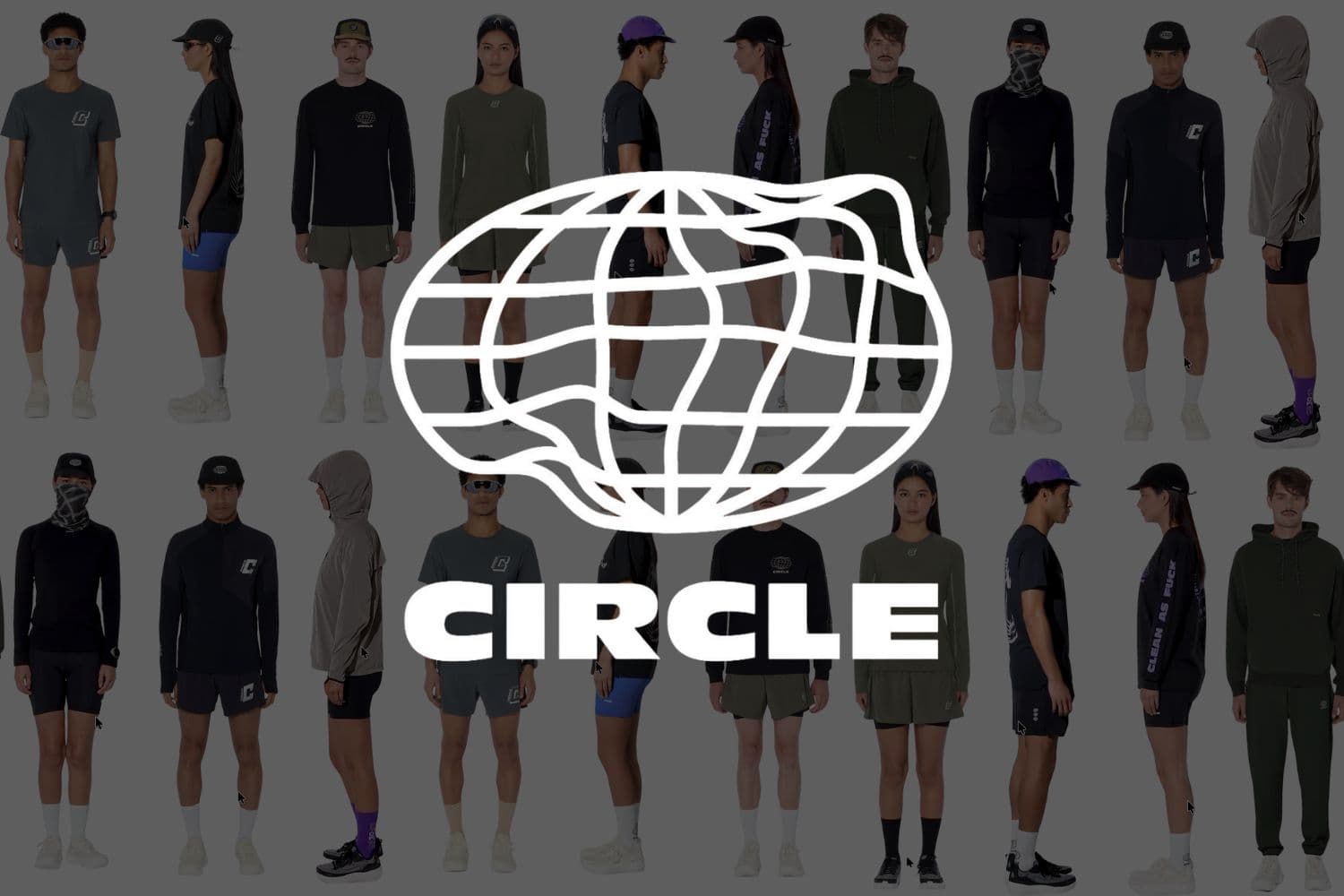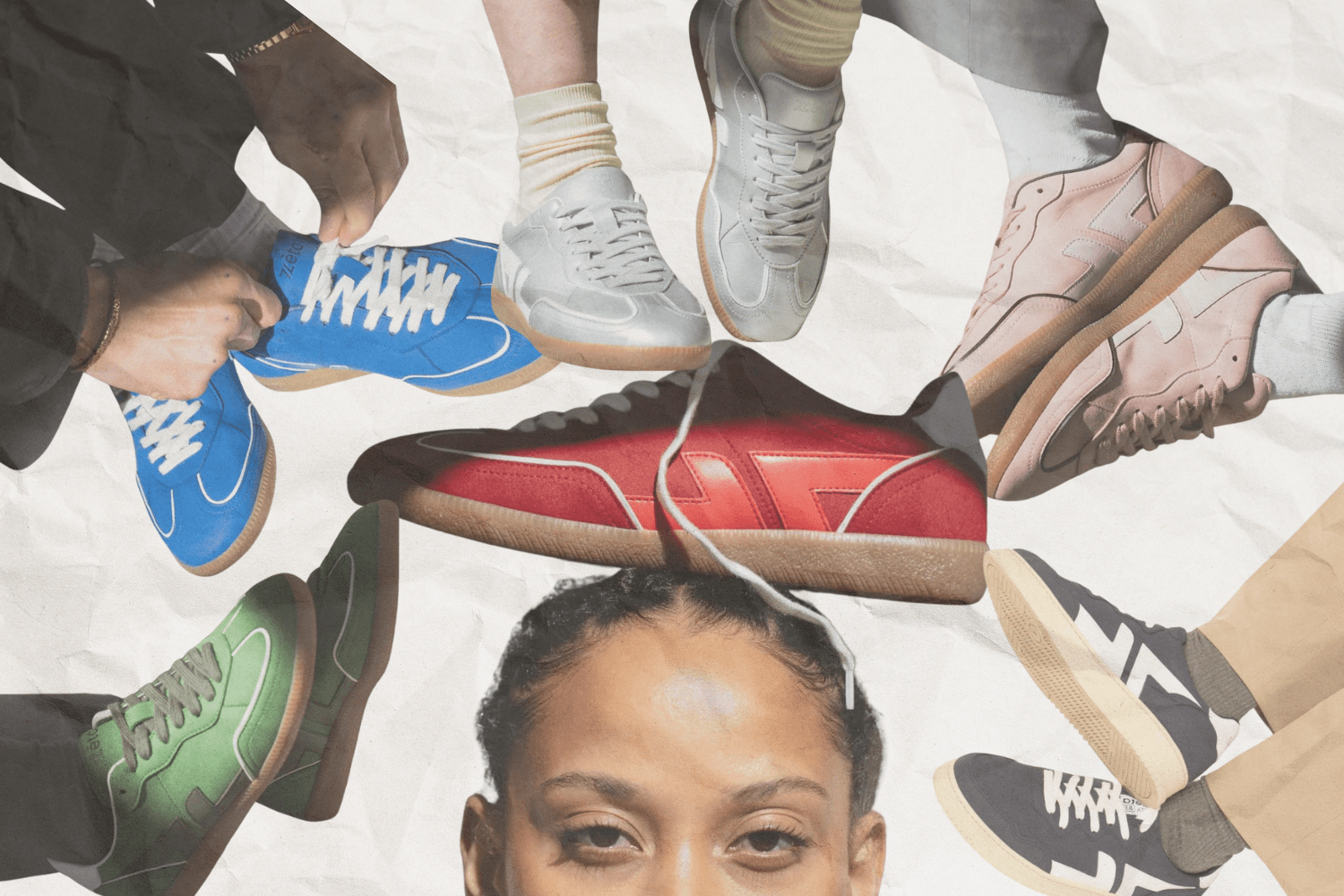The fashion world is constantly evolving, but creating stylish and sustainable clothing remains a challenge. Many brands claim to be sustainable, yet few integrate it as deeply into their design process as MARTAN.
Founded by Diek Pathogen, Douwe de Boer, and Eugénie Mulier, MARTAN is not just about up-cycling hotel linen, it's about transforming it into something entirely new through creativity, craftsmanship, and continuous innovation.
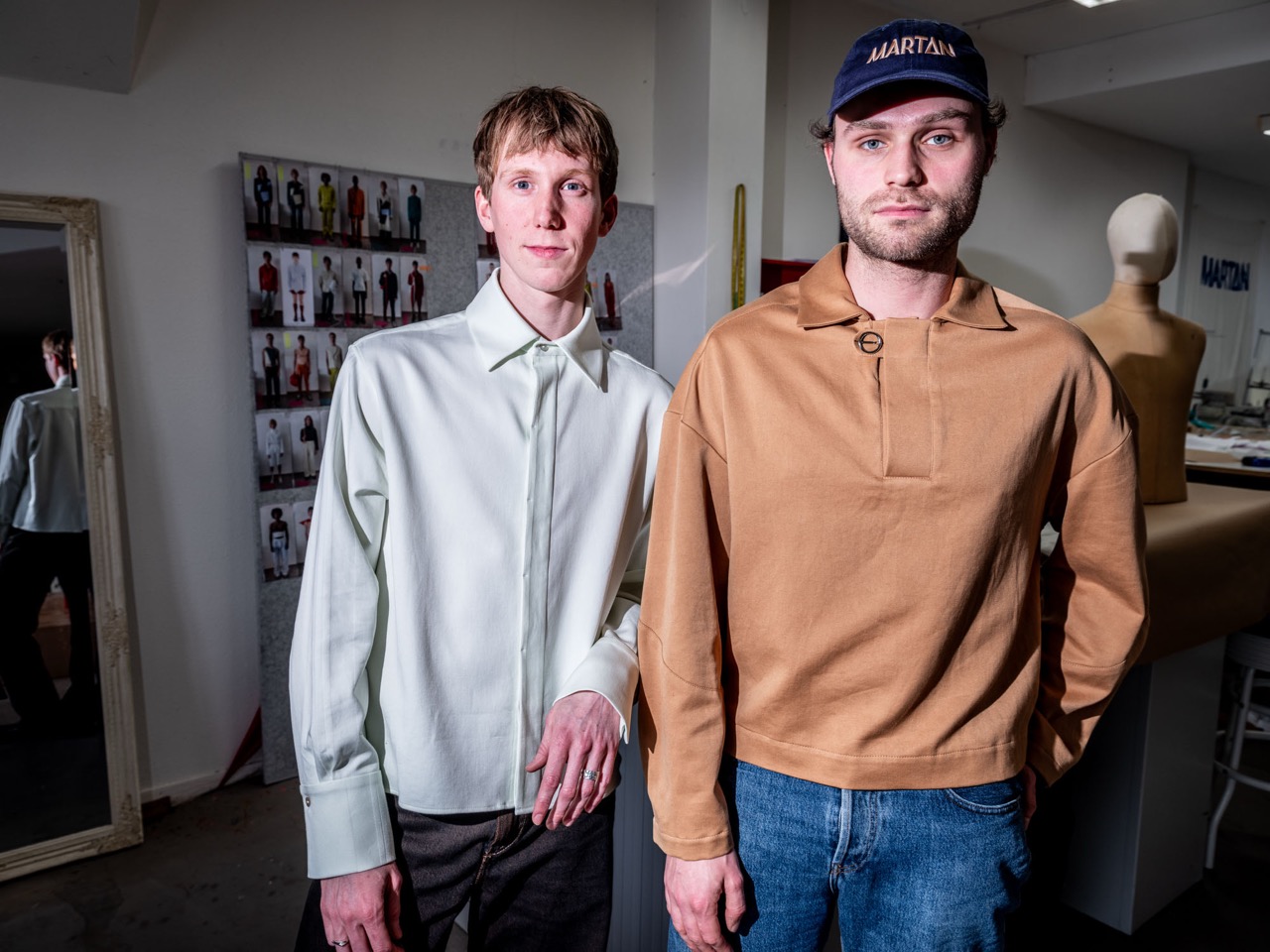
Research as a Red Thread: Finding Their Place in Fashion
From the beginning, MARTAN has been on a journey to define its position in the market, exploring the intersection of sustainability, design, and consumer expectations. Rather than simply repurposing materials, they see hotel linen as a blank canvas, a starting point for their designs. This mindset allows them to approach each collection with a fresh perspective, pushing the boundaries of how unicycle fabric can be transformed, Through dying, embroidery, and structural adjustments, they elevate the material into something unique, integrating it fully into their creative process.
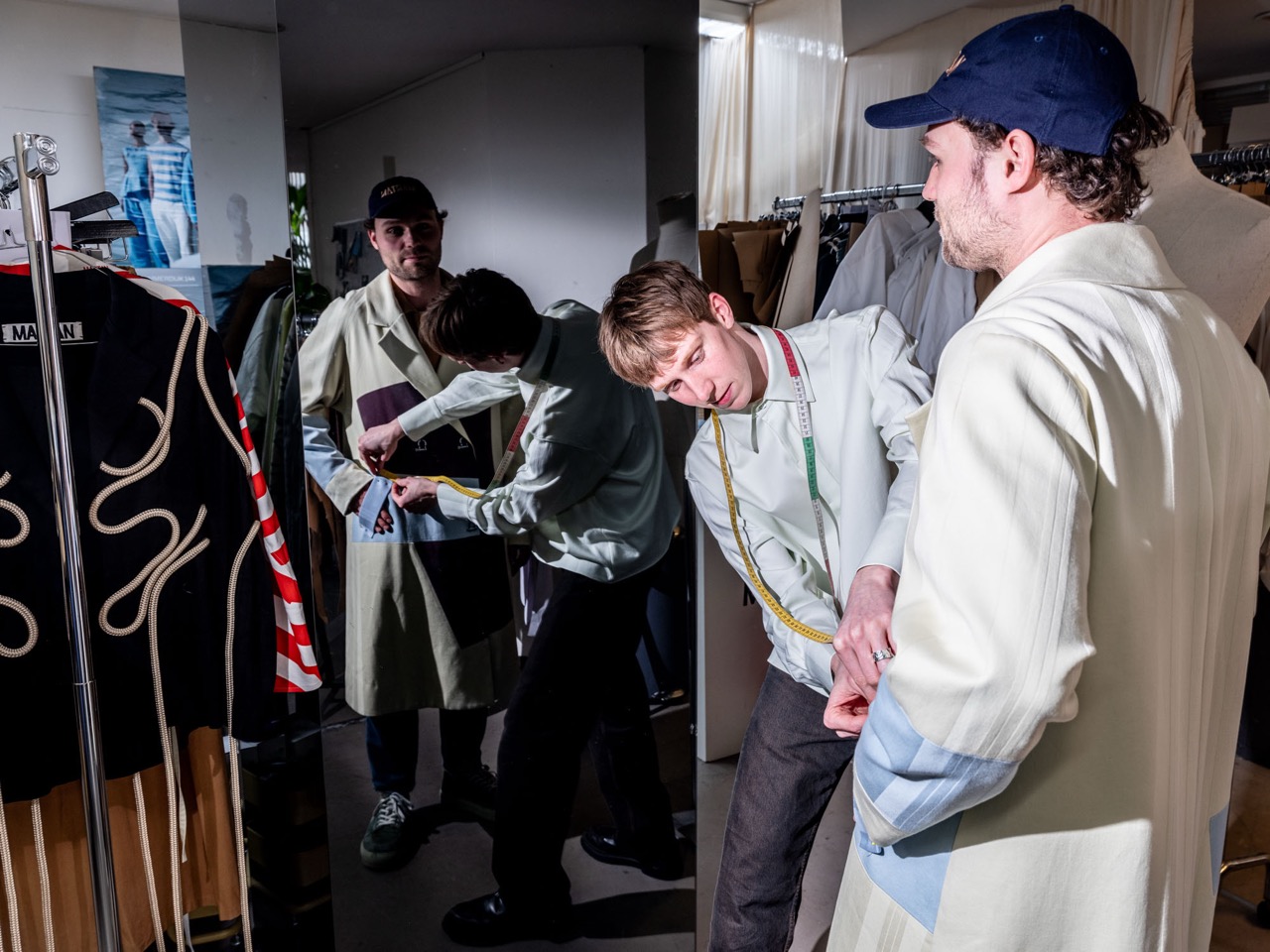
Working with upcycled fabric adds an extra layer of complexity to their design process. Unlike traditional fashion brands that work with uniform rolls of fabric, MARTAN must carefully sort, treat, and standardize each piece of linen before it can be used. Every item requires multiple steps to ensure the right quality, consistency in cuts, and proper alignment of patterns. As from one material multiple items will be made that each need to look the same. This additional effort makes their garments even more distinctive and inherently one-of-a-kind.
The Collaboration that Shaped MARTAN
A key turning point in MARTAN’s journey was their collaboration with Eugénie Mulier, a designer who introduced them to the concept of using discarded hotel linen. While Dieke and Douwe brought their bold creative vision, Eugénie provided the foundation, an innovative way of working with truly sustainable materials. Their shared belief that launching another fashion brand had to be done responsibly led them to this method, which bypasses the need for virgin fabric entirely. By working with existing materials that would otherwise go to waste, they created one of the most sustainable approaches to fashion possible.
A Creative Approach to Materials
What sets MARTAN apart is their ability to transform a material many wouldn’t associate with high fashion. Hotel linen is not only 100% cotton but also incredibly high-quality, designed to be durable, soft, and long-lasting. However, within that category, there is still a wide range of textures and finishes. Some linens have a crisp, structured feel, while others are silky and smooth. Rather than seeing this as a limitation, MARTAN embraces and sees it as their USP, it’s an opportunity. Each variation allows them to experiment, adding depth to their collections through different treatments, prints, and colours.
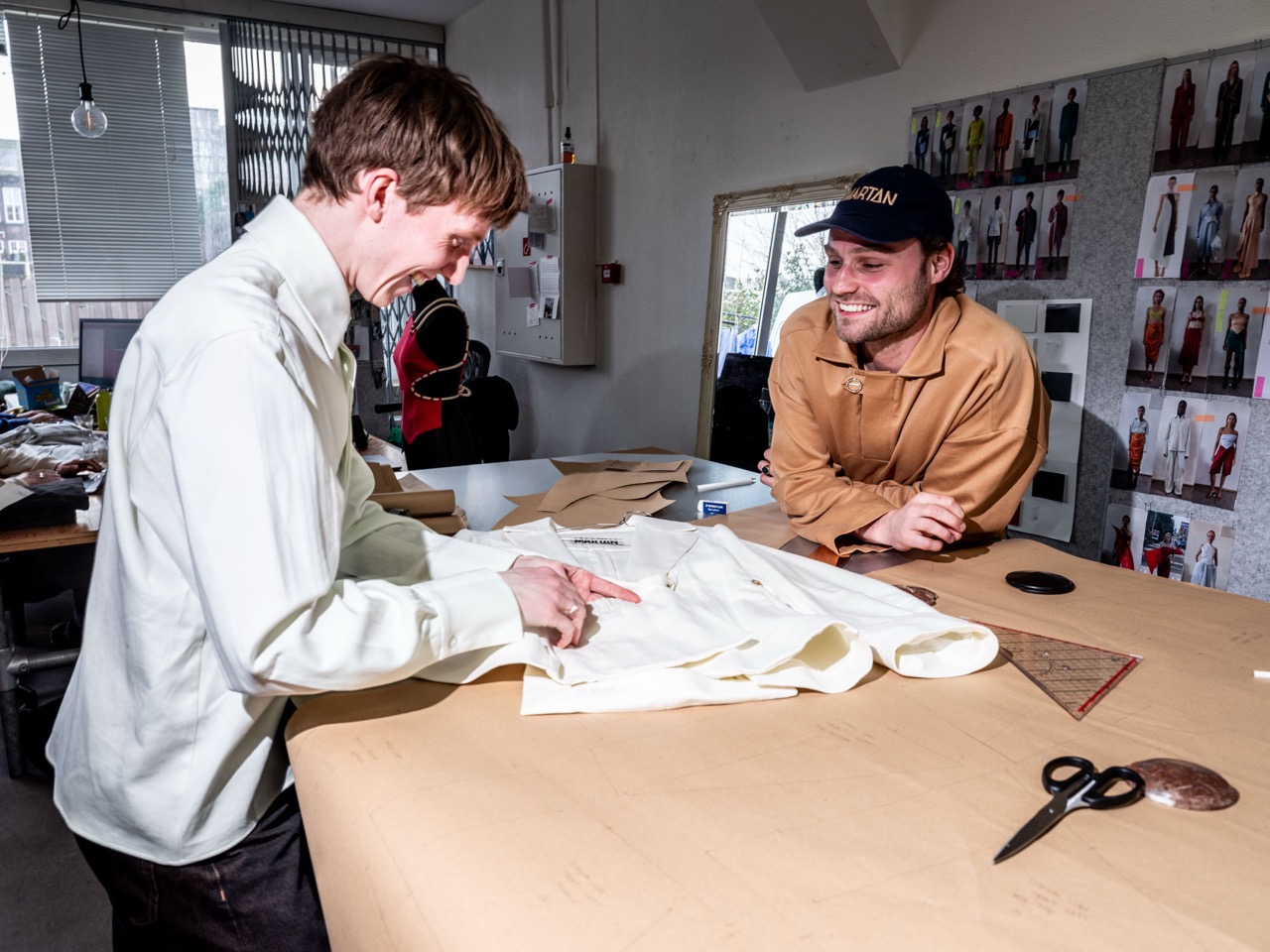 The adaptability of the fabric enables them to create everything from tailored pieces to extravagant red carpet gowns. By integrating the material directly into their design process, rather than treating it as a constraint, they prove that sustainable fashion can be bold, luxurious, and high-end.
The adaptability of the fabric enables them to create everything from tailored pieces to extravagant red carpet gowns. By integrating the material directly into their design process, rather than treating it as a constraint, they prove that sustainable fashion can be bold, luxurious, and high-end.
From Red Carpet to Ready-to-Wear
Over the past few years, MARTAN has focused heavily on creating standout pieces for high-profile events. Dressing celebrities and making statement pieces for the red carpet allowed them to establish a strong visual identity and gain recognition in the press. These special projects remain a passion for Dieke and Douwe, as they enjoy the creative freedom and exposure that comes with such collaborations.
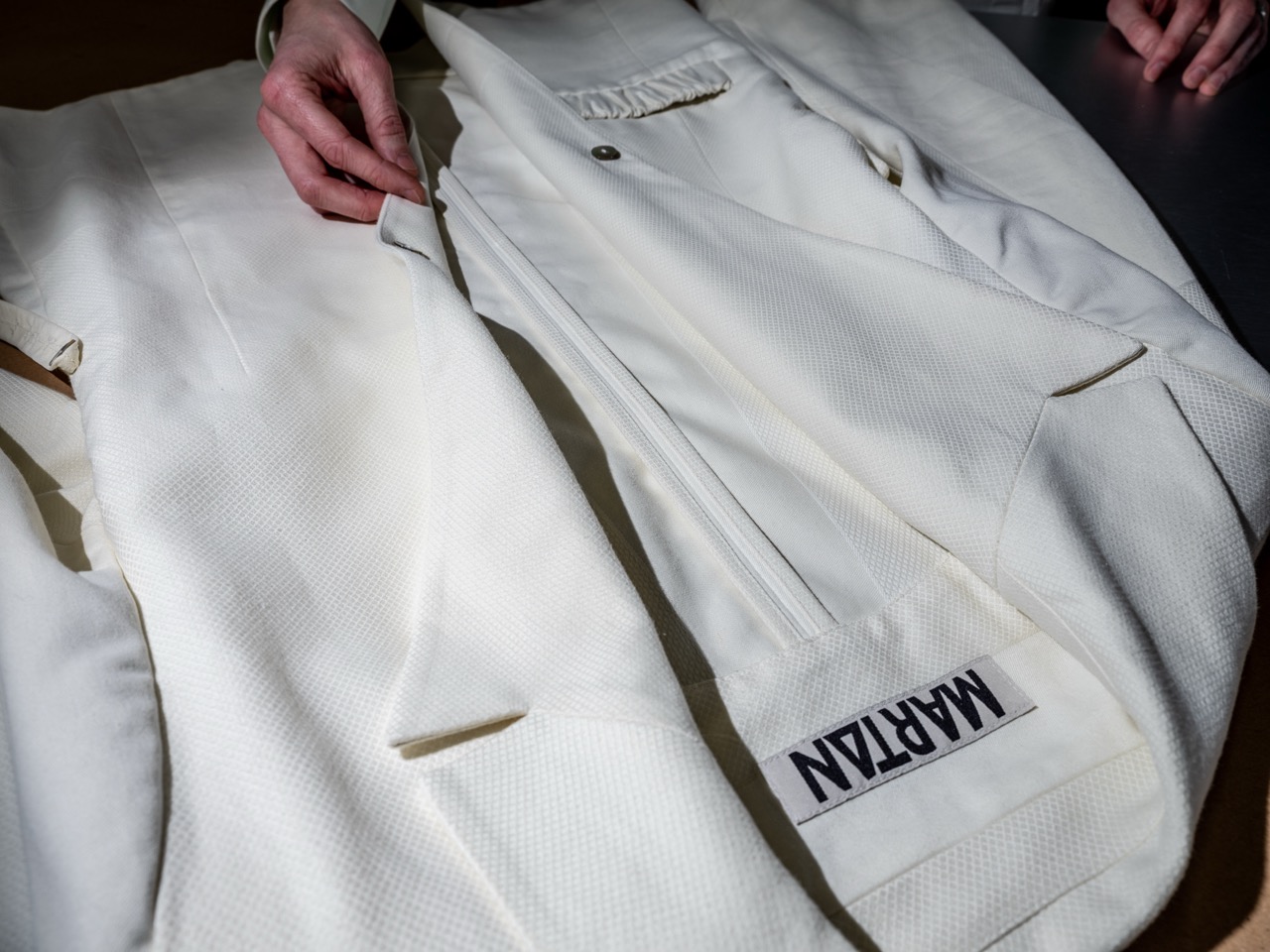 However, their focus is now shifting toward expanding their ready to-wear collection. While the red carpet work put them on the map, they want MARTAN to be a brand that people can wear every day. This transition comes with its own set of challenges. Many consumers still hold assumptions about upcycled materials, expecting hotel linen to be rough or uncomfortable. Yet, once they feel the softness and quality of the fabric, they realize it is just as luxurious, if not more so, than conventional textiles.
However, their focus is now shifting toward expanding their ready to-wear collection. While the red carpet work put them on the map, they want MARTAN to be a brand that people can wear every day. This transition comes with its own set of challenges. Many consumers still hold assumptions about upcycled materials, expecting hotel linen to be rough or uncomfortable. Yet, once they feel the softness and quality of the fabric, they realize it is just as luxurious, if not more so, than conventional textiles.
Sustainability as a Must, Not a Selling Point
For Dieke and Douwe, sustainability is a given. In their eyes, there is no excuse for launching a fashion brand today without making it as responsible as possible. However, they have also come to recognize that consumers don’t necessarily shop for sustainability. While it is an added bonus, it is rarely the primary reason someone makes a purchase. Instead, their goal is to create garments that people want because they are beautifully designed and well-made. If sustainability is integrated seamlessly into the process, it becomes a natural part of the product rather than a marketing strategy.
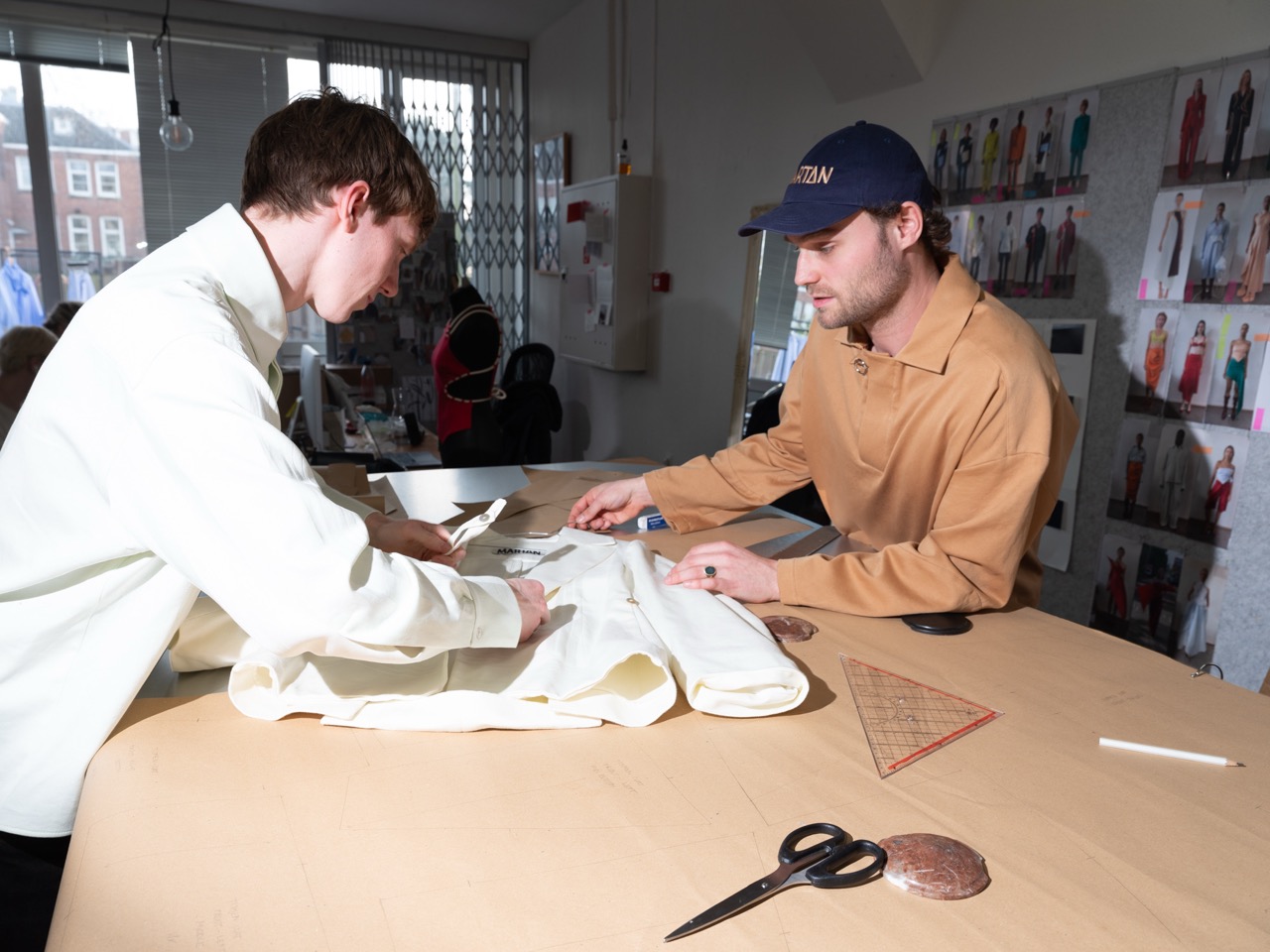 As MARTAN continues to grow, they remain committed to pushing the boundaries of what sustainable fashion can be. By constantly researching new techniques, refining their design process, and challenging consumer perceptions, they are proving that sustainability and innovation can go hand in hand. More than just a brand, MARTAN represents a vision for the future of fashion, one where creativity and responsibility are inseparable.
As MARTAN continues to grow, they remain committed to pushing the boundaries of what sustainable fashion can be. By constantly researching new techniques, refining their design process, and challenging consumer perceptions, they are proving that sustainability and innovation can go hand in hand. More than just a brand, MARTAN represents a vision for the future of fashion, one where creativity and responsibility are inseparable.
What is MARTAN?
MARTAN is a fashion brand that upcycles hotel linen into high-end clothing.
How is MARTAN sustainable?
MARTAN uses discarded hotel linen, avoiding virgin textiles and reducing waste. Linnen is durable, high-quality, and perfect for fashion innovation.
Where can I buy MARTAN?
You can buy MARTAN on their official website.
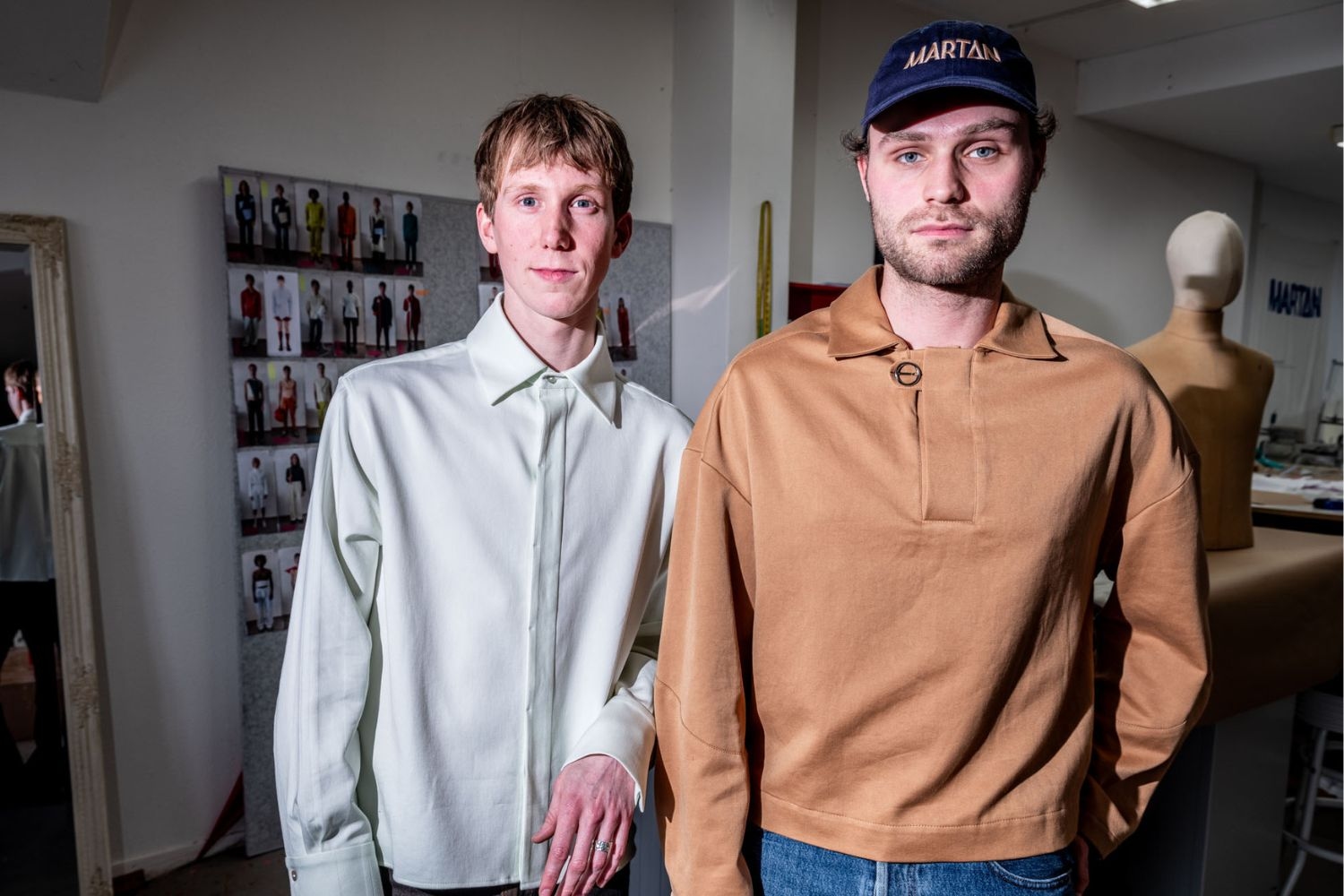
.jpg&w=128&q=75)
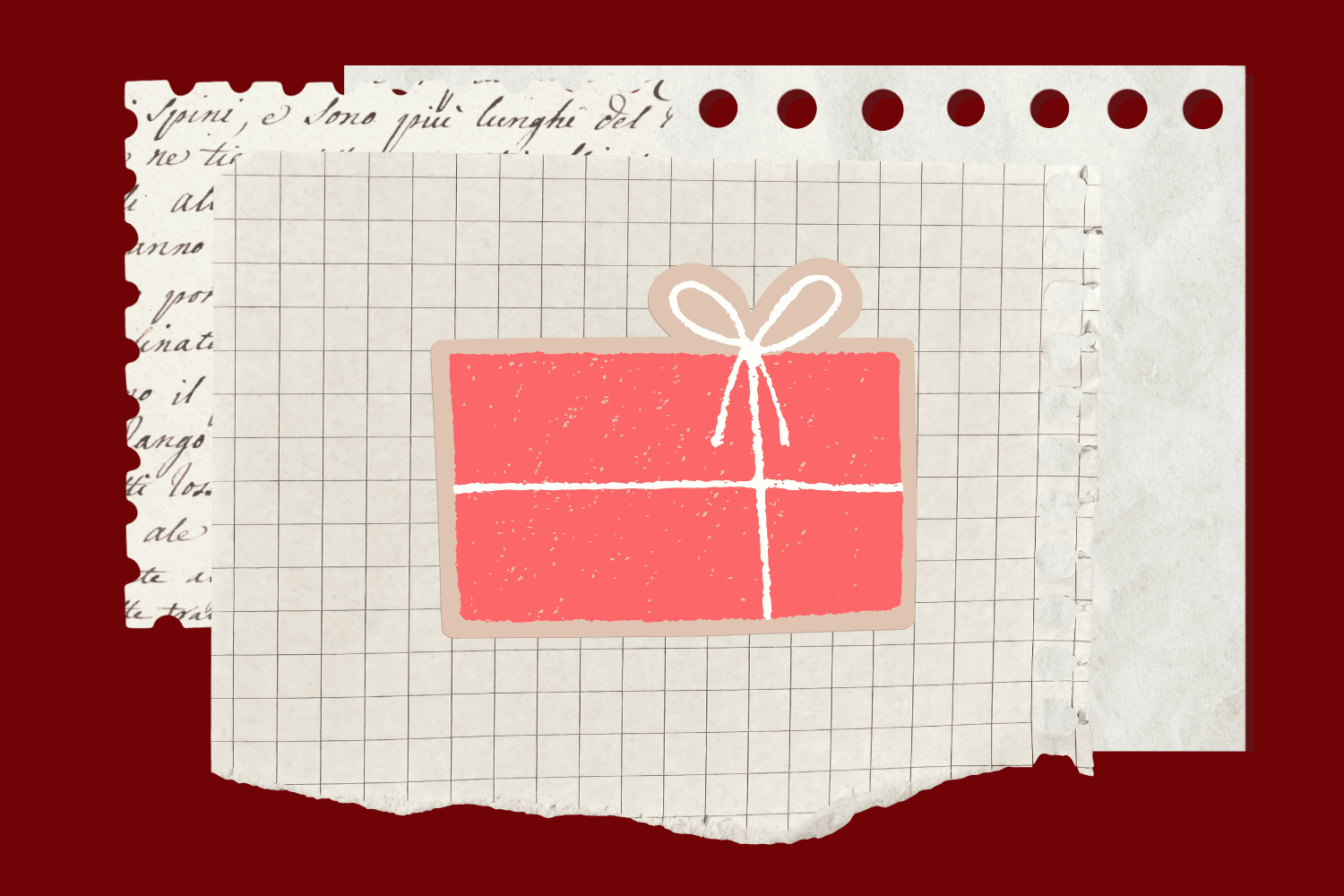
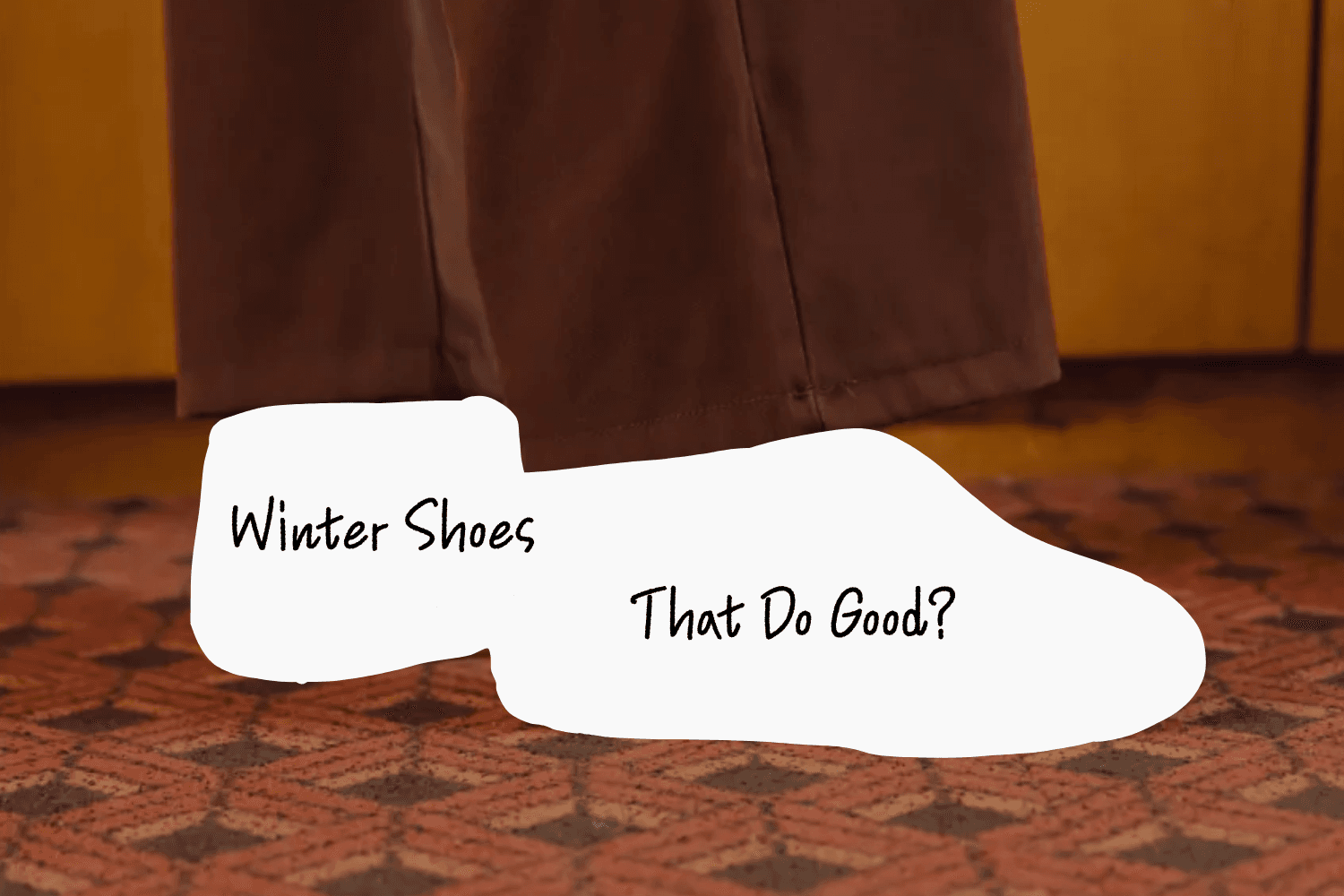
.png&w=3840&q=75)
